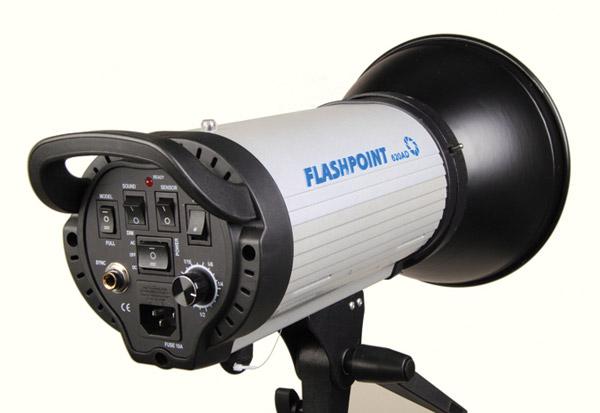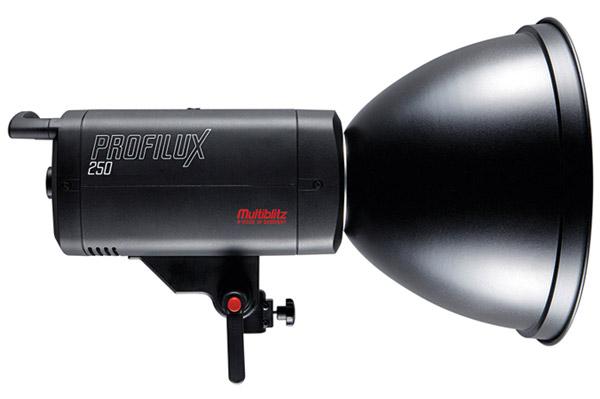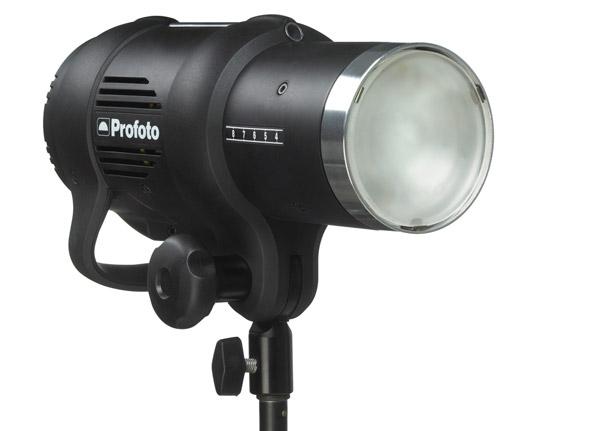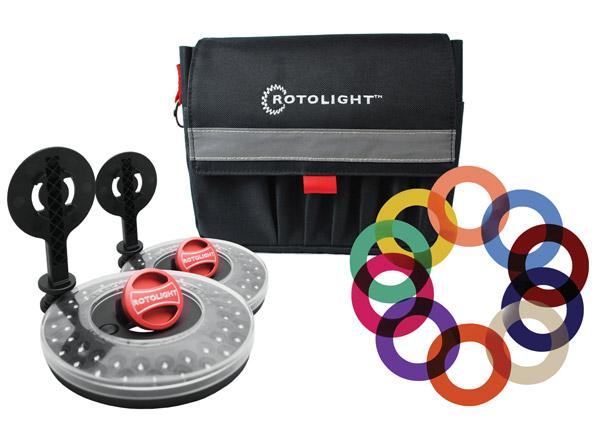Lighting News
Sort By: Post Date TitlePublish Date
|
Apr 19, 2013 |
First Published: Mar 01, 2013
|
Apr 05, 2013 |
First Published: Mar 01, 2013
|
Apr 02, 2013 |
First Published: Mar 01, 2013
|
Feb 07, 2013 |
First Published: Jan 01, 2013
|
Jan 25, 2013 |
First Published: Dec 01, 2012
|
Jan 23, 2013 |
First Published: Dec 01, 2012
|
Jan 14, 2013 |
First Published: Dec 01, 2012
|
Dec 04, 2012
|
Nov 15, 2012 |
First Published: Oct 01, 2012
|
Oct 30, 2012 |
First Published: Sep 01, 2012
|
Oct 25, 2012 |
First Published: Sep 01, 2012
|
Oct 24, 2012 |
First Published: Sep 01, 2012
|
Oct 18, 2012 |
First Published: Sep 01, 2012
|
Oct 16, 2012 |
First Published: Sep 01, 2012
|
Oct 15, 2012 |
First Published: Sep 01, 2012

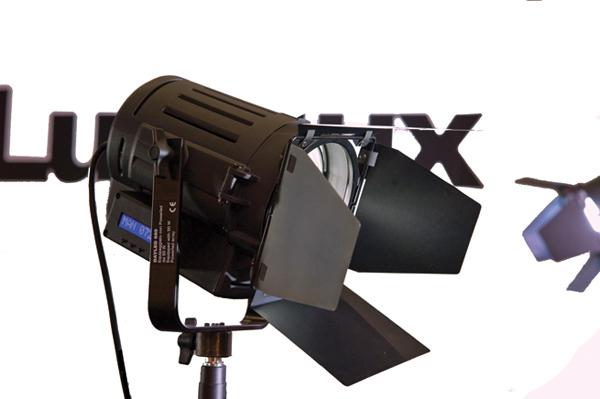

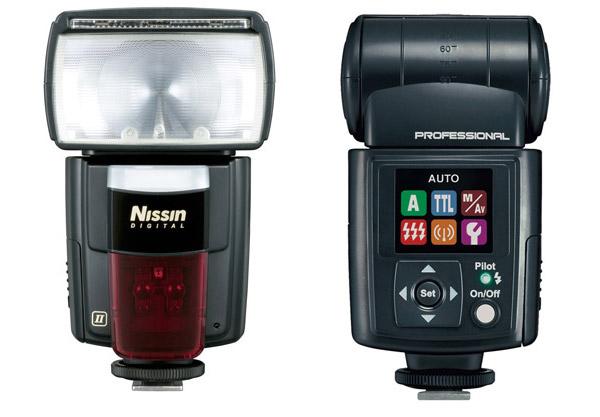
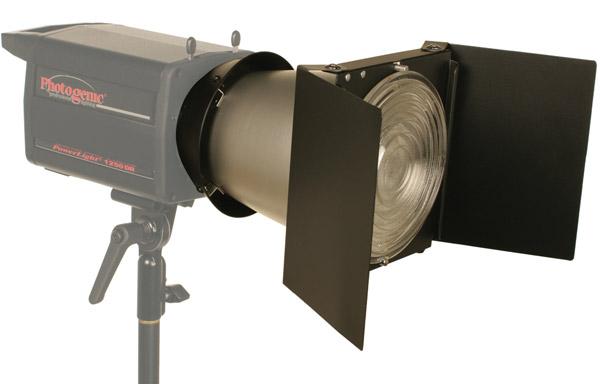

 We all know what softboxes look like. They’re big, small, square, rectangular, sometimes round or shaped like octagons—we’ve seen them all. But there is nothing quite like the 16x60 Light Bender from Larson. It is long (48”), narrow (12”), and looks like a strip light that someone grabbed by the ends and yanked toward the middle. In this test I’ll take a look at just what this oddly-shaped light can do and why a photographer may consider adding it to his or her arsenal of light modifiers.
We all know what softboxes look like. They’re big, small, square, rectangular, sometimes round or shaped like octagons—we’ve seen them all. But there is nothing quite like the 16x60 Light Bender from Larson. It is long (48”), narrow (12”), and looks like a strip light that someone grabbed by the ends and yanked toward the middle. In this test I’ll take a look at just what this oddly-shaped light can do and why a photographer may consider adding it to his or her arsenal of light modifiers.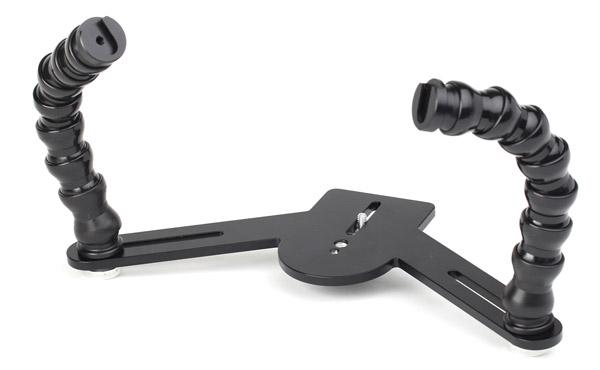
 One of the first lighting kits I ever owned was a set of Smith-Victor Adapta-Lights that had screw-base sockets for photoflood lamps. Son of a gun, the company still offers Adapta-Lights as an entry-level solution for beginning portrait photographers who want to work with hot lights. On the other hand, if you prefer making portraits using electronic flash, Smith-Victor’s three-light FL700K Strobe Light Kit may be just what you’re looking for.
One of the first lighting kits I ever owned was a set of Smith-Victor Adapta-Lights that had screw-base sockets for photoflood lamps. Son of a gun, the company still offers Adapta-Lights as an entry-level solution for beginning portrait photographers who want to work with hot lights. On the other hand, if you prefer making portraits using electronic flash, Smith-Victor’s three-light FL700K Strobe Light Kit may be just what you’re looking for.
